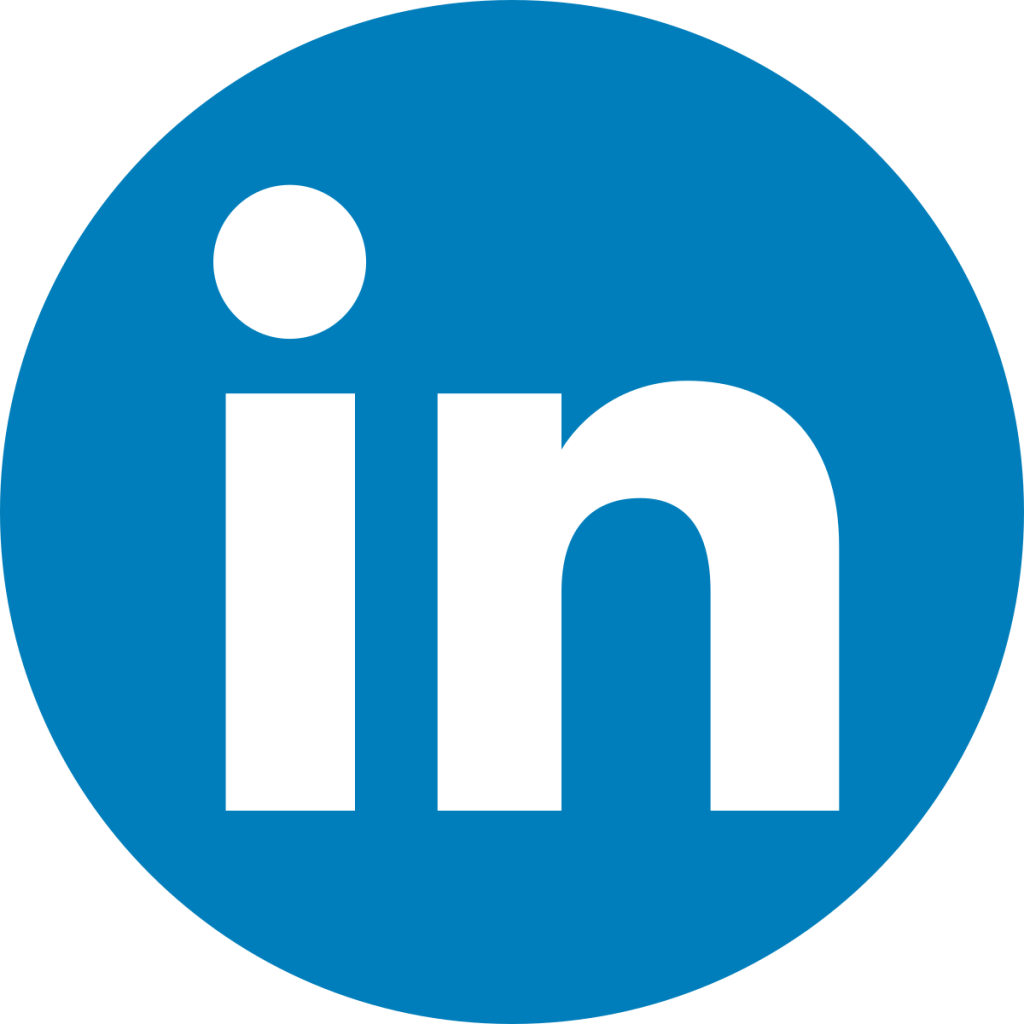Only one-third of Americans have minimal health literacy. This means they struggle to access care and don’t understand how their health plans work. At Canopy Health, we know we have to do better. Our revolutionary member portal and mobile app (MyCanopyHealth) will soon be released and will offer our members powerful tools that let them take control of their healthcare and budget.
What Is a Deductible?
Many health plans have a deductible. Until you spend your deductible, your health plan typically will not cover your medical expenses. In 2017, the average employer-funded health plan single coverage deductible was roughly $1,500. Once you spend this amount on doctors visits and healthcare, your health plan will start to cover a portion of your care.
Most people chip away at their deductible over time as they pay for their healthcare. However, if you require expensive medical treatment soon after your health plan is effective, you might reach your deductible with one medical bill.
What Are Out-of-Pocket Medical Expenses?
Even after you pay your deductible, most people still have out-of-pocket medical expenses. Typically, your health plan will make you accountable for a portion of your medical bills. You might have to pay:
- Co-pays: A fixed payment for certain types of healthcare, such as office visits. You pay these fees each time you receive that type of care.
- Co-insurance: You pay a percentage of your medical bill. For example, your health plan might have a 20% co-insurance charge for diagnostic testing. The plan will pay 80% of the bill, and you pay the other 20%.
However, you might never have to pay a co-pay or co-insurance for preventive care that you receive in-network. Under the Affordable Care Act (ACA), most health plans must fully cover certain types of preventive care, whether you’ve met your deductible or not, including:
- Blood pressure screening
- Depression screening
- Most common vaccines — including measles, mumps, rubella, pertussis, and influenza
- Most well-woman and well-child visits
If you seek treatment with an out-of-network provider or receive services that are not covered by your health plan, you’ll have to pay a larger portion of the bill (and maybe all of it).
Additionally, if you see your physician for multiple reasons at an appointment, you might see a charge. Suppose you schedule an annual checkup for your son or daughter. At the appointment, the doctor updates the child’s vaccines, performs a well-child exam, but also checks out the child’s sprained ankle. Because the doctor’s sprained ankle exam isn’t an essential health benefit, the office might request a co-pay or send you a bill.
Most health plans also have a maximum out-of-pocket threshold. Once you reach this high threshold, your health plan will typically pay 100% of your covered expenses.
Why Is Health Literacy and Transparency Important?
Many people don’t understand how the U.S. health system works or how to interpret their healthcare benefits. This can cause multiple problems for them. Poor health literacy can lead to increased medical expenses. Many people don’t understand how to access healthcare and delay treatment for preventable conditions. Others tend to rely on expensive care options, like the emergency room rather than urgent care centers (like the new Berkley Outpatient Center) and telehealth for their non-emergent conditions.
Additionally, limited health literacy can decrease workplace morale and increase attrition. When an employee doesn’t understand their health plan options, they might choose a plan that doesn’t meet their needs. For example, the plan might offer more comprehensive benefits than they need or charge a higher deductible than they can afford. Rather than realize and rectify their mistake, the employee might unfairly believe that your company offers inadequate healthcare benefits and doesn’t value its workforce.
This can result in an unnecessary job search — many people leave their jobs because they’re displeased with their compensation and benefits package. Your company can avoid these problems by fostering a culture of workplace wellness that embraces health literacy.
How Does Canopy Health’s Member Portal Improve Transparency?
Transparency is one of Canopy Health’s core values. When our members understand their healthcare options and have access to easy-to-use tools, they can make better decisions about their care and finances.
Our member portal and the MyCanopyHealth app will soon advance our mission by offering a wide variety of tools that assist our members with their health decisions. You can search for a primary care doctor or specialist in our physician directory. You can schedule a Video Visit for a non-emergency medical condition. And you can track your medical expenses using our Deductible and Out-of-Pocket Maximum Accumulator.
The Deductible and Out-of-Pocket Maximum Accumulator tool will be very easy to use and offer vital information for our members. Simply log in to the MyCanopyHealth app or member portal and select the tool. Next, tell us about the type of healthcare treatment your doctor prescribed. The Accumulator will then help you understand whether this treatment will exceed your deductible or out-of-pocket maximum.
References
Claxton, G., Rae, M., Long, M., Damico, A., Foster, G., Whitmore, H. (2017). Employer health benefits: Annual survey 2017. The Kaiser Family Foundation. Retrieved from http://files.kff.org/attachment/Report-Employer-Health-Benefits-Annual-Survey-2017
Kutner, M., Greenberg, E., Jin, Y., Paulsen, C., White, S. (2006, September). The health literacy of America’s Adults: Results from the 2003 National Assessment of Adult Literacy. National Center for Education Statistics. Retrieved from https://nces.ed.gov/pubs2006/2006483.pdf




